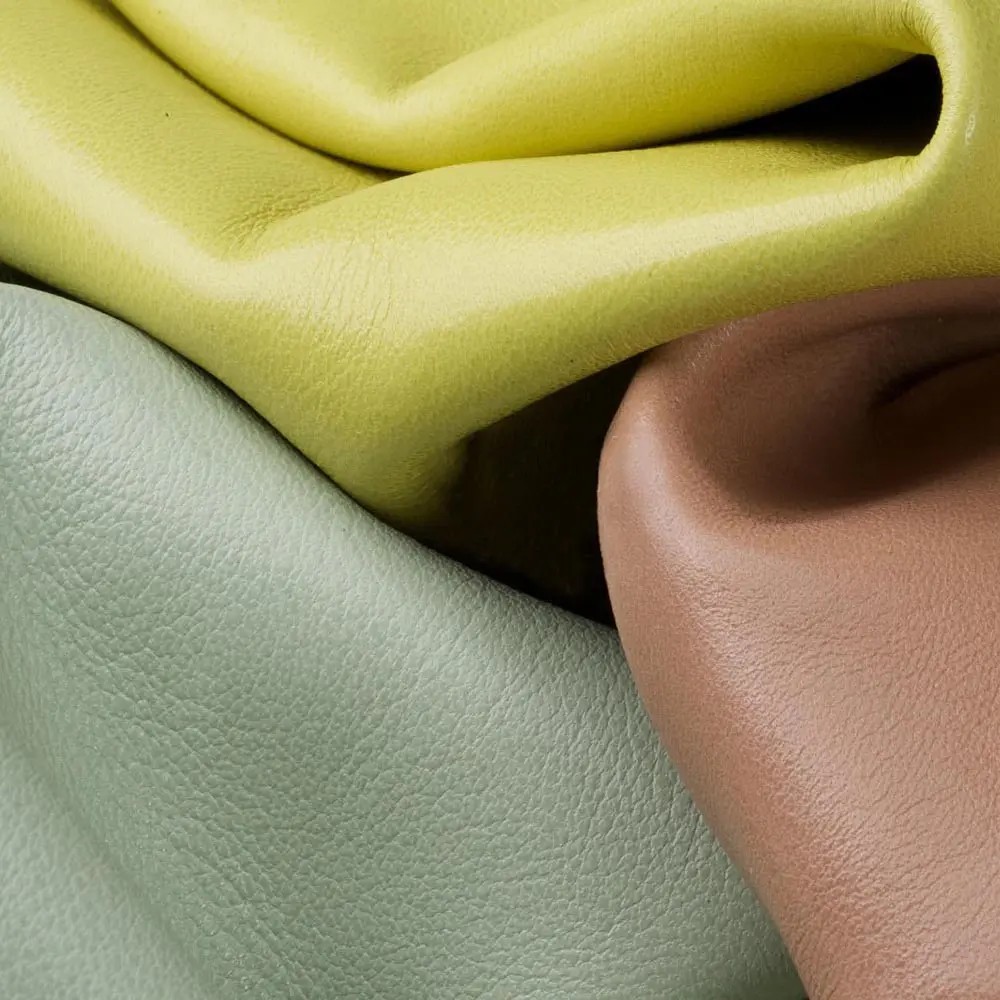PVC stabilizer plays a vital role in the production and performance of artificial leather, a versatile material widely used in luggage, furniture upholstery, car seats, and footwear.
Safeguarding Artificial Leather Production with PVC Stabilizers
There are various production processes for artificial leather, among which coating, calendering, and foaming are the core processes.
In high-temperature processes (180-220℃) ,PVC is prone to degradation. PVC stabilizers counter this by absorbing harmful hydrogen chloride, ensuring the artificial leather maintains a uniform appearance and stable structure throughout production.
Enhancing Artificial Leather Durability via PVC Stabilizers
Artificial leather ages over time—fading, hardening, or cracking—due to light, oxygen, and temperature changes. PVC stabilizers mitigate such degradation, extending the lifespan of artificial leather; for example, they keep furniture and car interior artificial leather vibrant and flexible under prolonged sunlight.
Tailoring Artificial Leather Processability with PVC Stabilizers
Liquid Ba Zn Stabilizers: Deliver excellent initial color retention and sulfurization resistance, boosting artificial leather quality.
Liquid Ca Zn Stabilizers: Offer eco-friendly, non-toxic properties with superior dispersion, weather resistance, and anti-aging effects.
Powdered Ca Zn Stabilizers: Environmentally friendly and non-toxic, promoting uniform fine bubbles in artificial leather to avoid defects like large, ruptured, or insufficient bubbles.

|
Model |
Item |
Appearance |
Characteristics |
|
Ba Zn |
CH-602 |
Liquid |
Excellent transparency |
|
Ba Zn |
CH-605 |
Liquid |
Top transparency and excellent heat stability |
|
Ca Zn |
CH-402 |
Liquid |
Excellent long-term stability and environment-friendly |
|
Ca Zn |
CH-417 |
Liquid |
Excellent transparency and environment-friendly |
|
Ca Zn |
TP-130 |
Powder |
Suitable for calendering products |
|
Ca Zn |
TP-230 |
Powder |
Better performance for calendering products |

